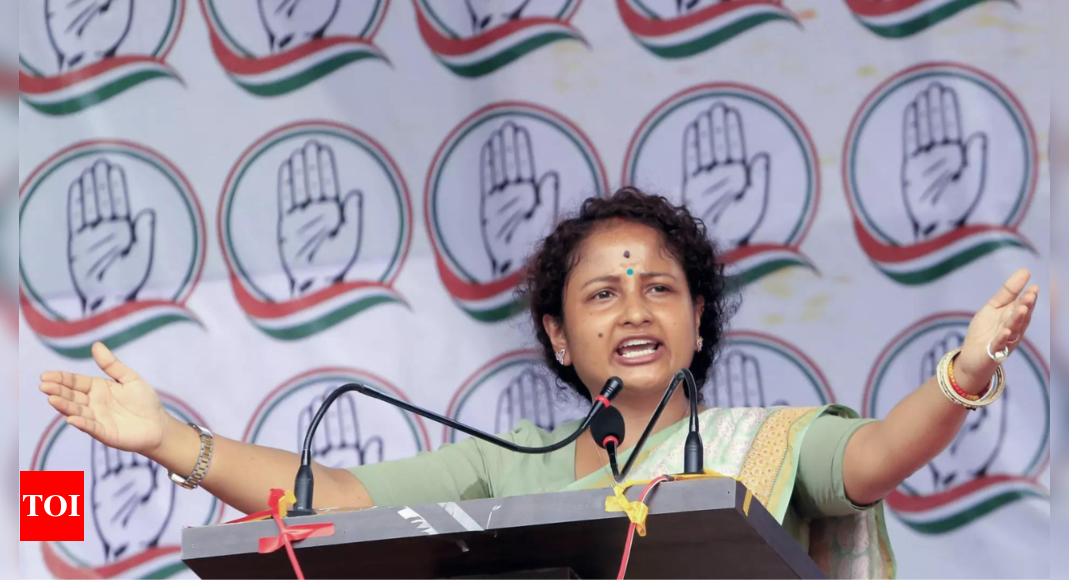Why is such a state relevant in national politics? Primarily because of the tribal population as the state accounts for five of the 47 seats reserved for scheduled tribes nationally.For BJP, Congress and even the regional parties that fought for a separate tribal state since pre-independent times, these seats matter.
Since its formation, Jharkhand has seen BJP-led alliance govts none of which could complete a full term. Political instability hindered the state’s development, despite its rich mineral resources.
But the saffron party has improved its performance in the Lok Sabha polls. From one seat in 2004, BJP made it 12 out of 14 in 2014 and maintained the tally in 2019 by taking Ajsu party alongside. The opposition had a different story to tell. CPI and RJD were wiped off the scene in 2009 while Congress had to settle for one seat. In 2014, Congress drew a blank, but it re-emerged in 2019 with one seat. JMM, however, gave the saffron party a fight in all these elections by retaining at least one seat.
The LS polls this year will also set the stage for the assembly elections to be held later this year.
Jharkhand’s tribal population, primarily consisting of Ho, Munda, Santhal, and Oraon communities, comprises 26.21 per cent of the state’s 3.2 crore population as per the 2011 census. The number is expected to be higher in the upcoming census.
The current non-BJP govt in the state, the JMM-Congress-RJD combine, has been at odds with the central govt since it came to power in 2019, primarily over funds. The state govt alleges it is being destabilised using central agencies.
The arrest of former tribal chief minister Hemant Soren by ED for alleged land grab earlier this year is being portrayed as a fight for ‘tribal Asmita’ (pride) and ‘abuse of constitutional bodies’.
BJP, which was criticised for choosing non-tribal Raghubar Das as CM in 2014, lost the next assembly elections. Soon after, the state’s first CM, Babulal Marandi, was brought back to lead the party in Jharkhand. BJP has manoeuvred carefully in the state to demonstrate its ‘love for tribes’ but it has been challenged by local parties as well.
“Tribals in Jharkhand have long been demanding the implementation of the Sarna code, which would give them a separate religious identity. They have also been demanding the inclusion of their languages in the Eighth Schedule of the Constitution. With state govt backing it vehemently, tribal voters could swing in its favour in these polls,” remarked a political science professor at Ranchi University.
He said the ongoing polls may also throw a referendum indirectly on JMM patriarch Shibu Soren’s successor Hemant, to decide the future course of him and his party.
“With the incarcerated Hemant still being the face of the state’s coalition govt and INDIA bloc in the state, the LS poll outcome will also be a referendum on whether tribal voters consider him as a culprit or victim of political vendetta. It is because in the last four years, he emerged as the most vocal tribal voice nationally to stand against BJP and Modi regime,” he added.
Main opposition BJP, on the other hand, has been trying to attract tribal voters by showcasing the development work done by the central government.
However, a slew of unsuccessful attempts to amend CNT and SPT Acts between 2014 and 2019 and the introduction of the contentious anti-conversion bill during Das’s tenure has contributed to a perception — which still persists — that BJP is an ‘anti-tribal’ party.

